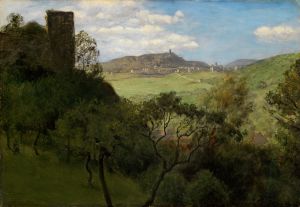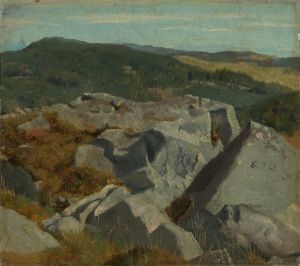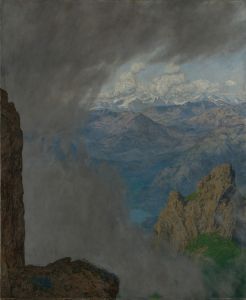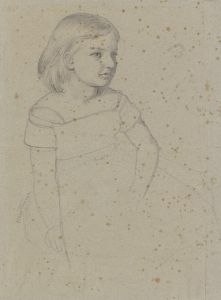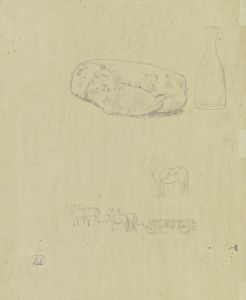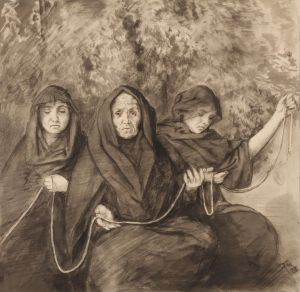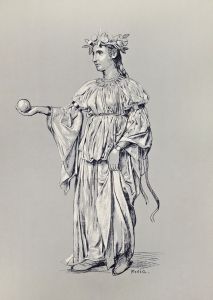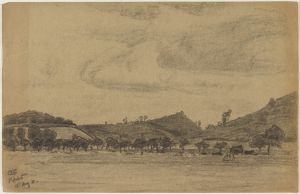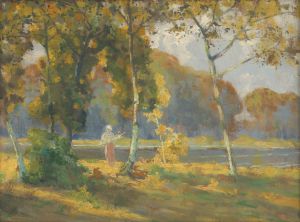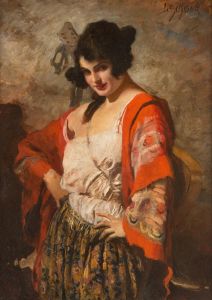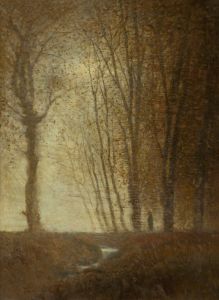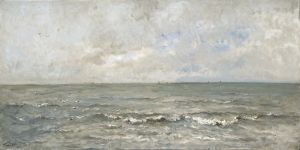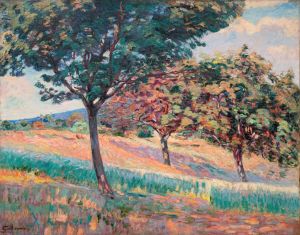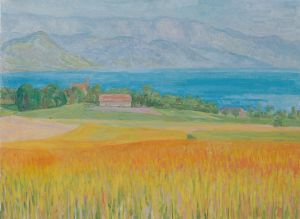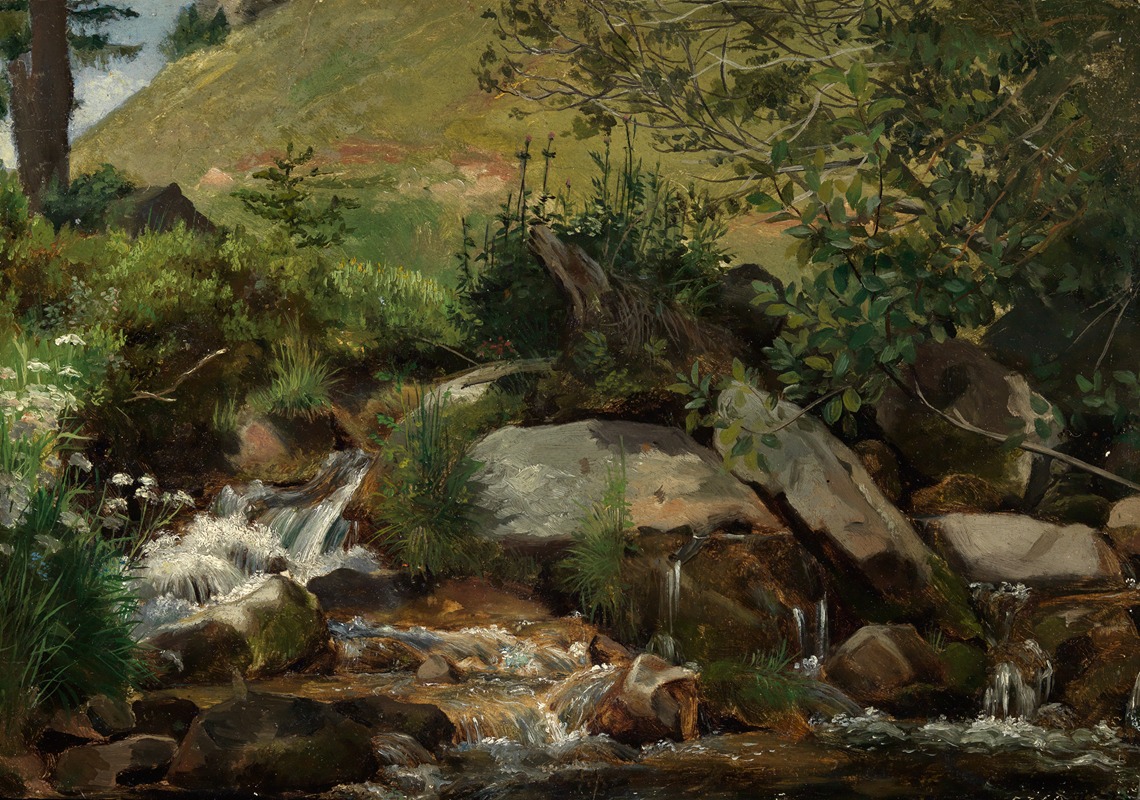
Wiesenbach mit Gebüsch und Gräsern
A hand-painted replica of Hans Thoma’s masterpiece Wiesenbach mit Gebüsch und Gräsern, meticulously crafted by professional artists to capture the true essence of the original. Each piece is created with museum-quality canvas and rare mineral pigments, carefully painted by experienced artists with delicate brushstrokes and rich, layered colors to perfectly recreate the texture of the original artwork. Unlike machine-printed reproductions, this hand-painted version brings the painting to life, infused with the artist’s emotions and skill in every stroke. Whether for personal collection or home decoration, it instantly elevates the artistic atmosphere of any space.
Hans Thoma's painting Wiesenbach mit Gebüsch und Gräsern (translated as "Meadow Stream with Bushes and Grasses") is a work by the renowned German painter Hans Thoma (1839–1924). Thoma is celebrated for his landscapes, portraits, and genre scenes, often inspired by the natural beauty of his native Black Forest region and the traditions of German Romanticism.
This particular painting, Wiesenbach mit Gebüsch und Gräsern, exemplifies Thoma's characteristic style, which combines meticulous attention to detail with a deep appreciation for the harmony of nature. The artwork depicts a serene rural scene featuring a small stream flowing through a meadow, surrounded by lush grasses and bushes. The composition reflects Thoma's ability to capture the quiet beauty of the countryside, emphasizing the interplay of light, texture, and color in a natural setting.
Thoma's work often draws on his personal experiences and observations of the landscapes around him. Born in Bernau in the Black Forest, he developed a lifelong connection to the region's scenery, which frequently served as the inspiration for his art. His landscapes are noted for their simplicity and clarity, often evoking a sense of nostalgia and tranquility.
The painting is executed in a naturalistic style, with careful attention to the details of the vegetation and the movement of water. Thoma's use of earthy tones and soft lighting enhances the peaceful atmosphere of the scene. This approach aligns with the broader 19th-century German landscape tradition, which sought to celebrate the beauty of the natural world while often imbuing it with a sense of spirituality or emotional resonance.
Hans Thoma's artistic career spanned several decades, during which he gained recognition both in Germany and internationally. While he was influenced by earlier Romantic painters such as Caspar David Friedrich, Thoma developed a distinctive style that bridged Romanticism and Realism. His works were widely exhibited and appreciated during his lifetime, and he held prominent positions in the German art world, including serving as the director of the Karlsruhe Art Gallery.
The exact date of creation for Wiesenbach mit Gebüsch und Gräsern is not definitively documented, but it is consistent with Thoma's broader body of work, which often focused on idyllic rural landscapes. The painting is an example of his enduring interest in capturing the essence of nature and the quiet beauty of everyday scenes.
Today, Hans Thoma's works are held in various collections and museums, particularly in Germany. His legacy as a painter of the natural world continues to be appreciated for its technical skill and emotional depth. However, specific details about the current location or ownership of Wiesenbach mit Gebüsch und Gräsern are not readily available in public records.





